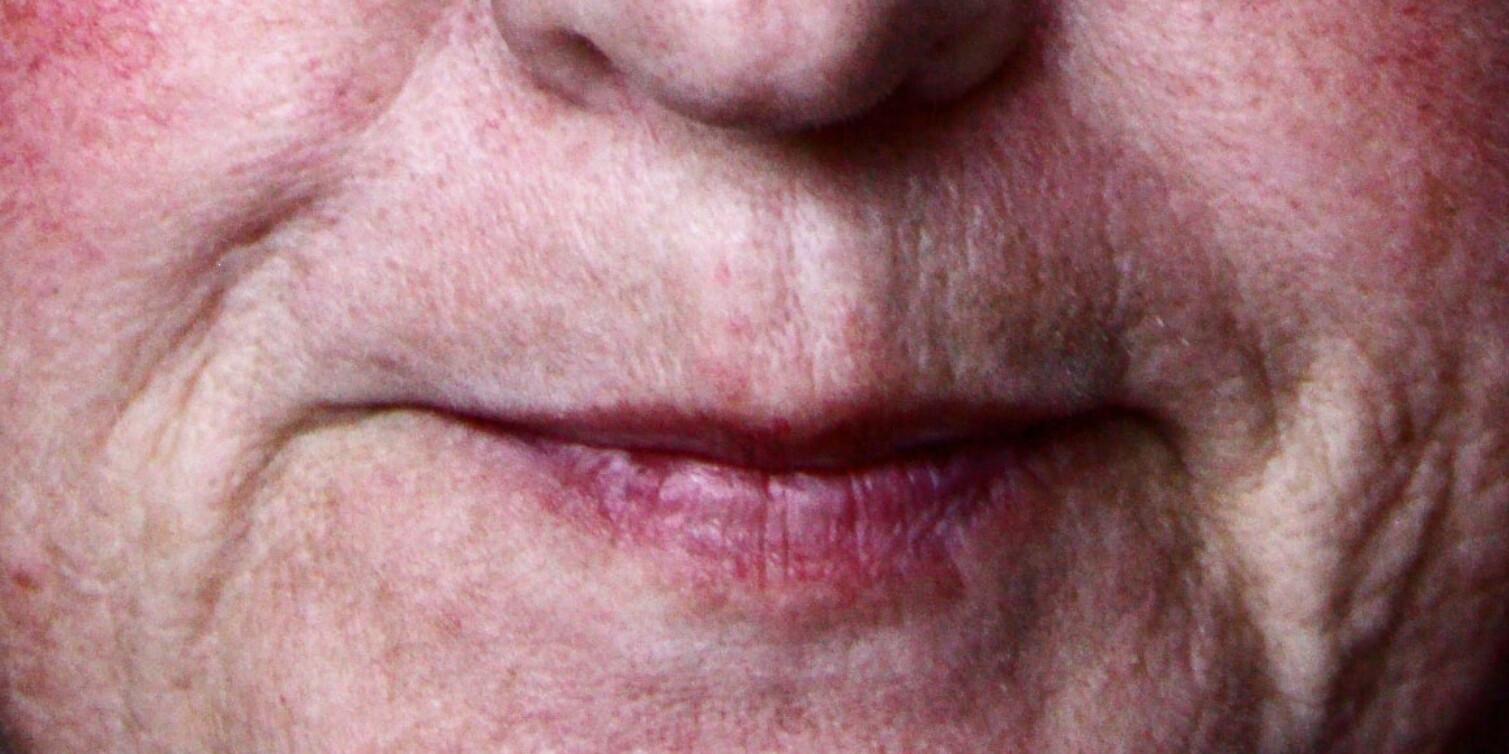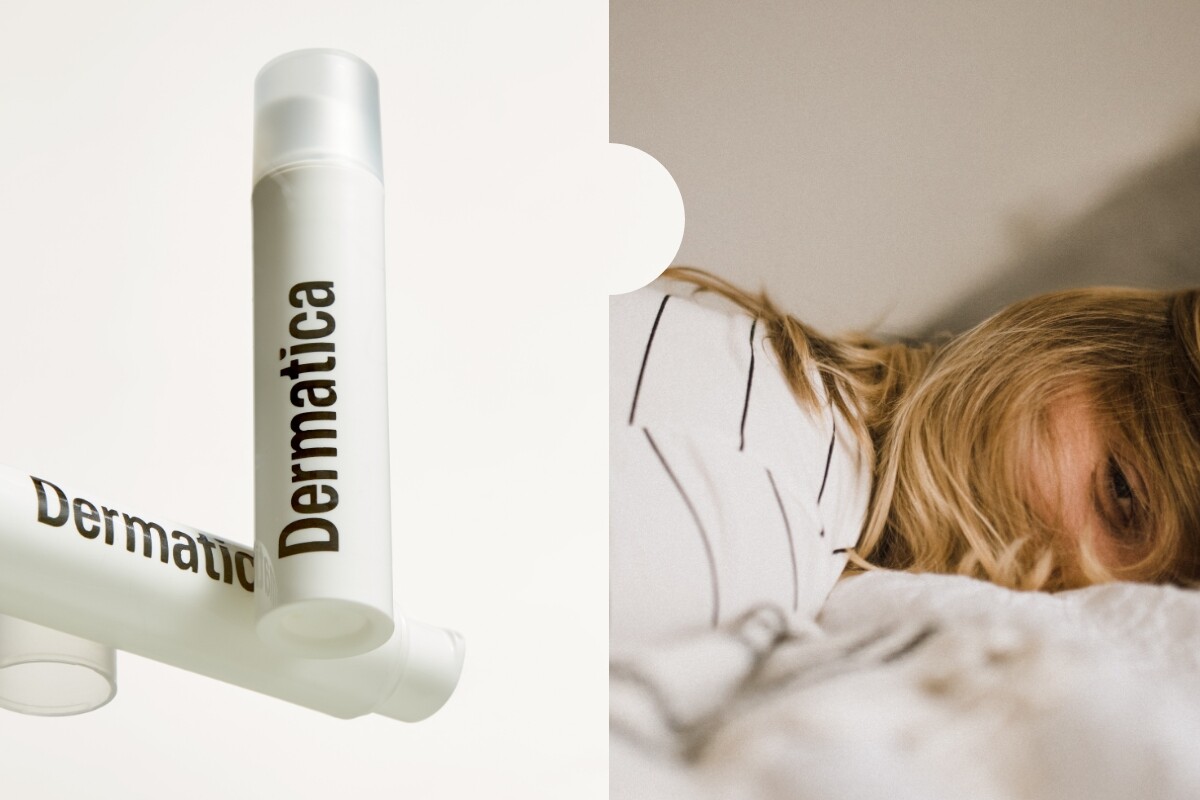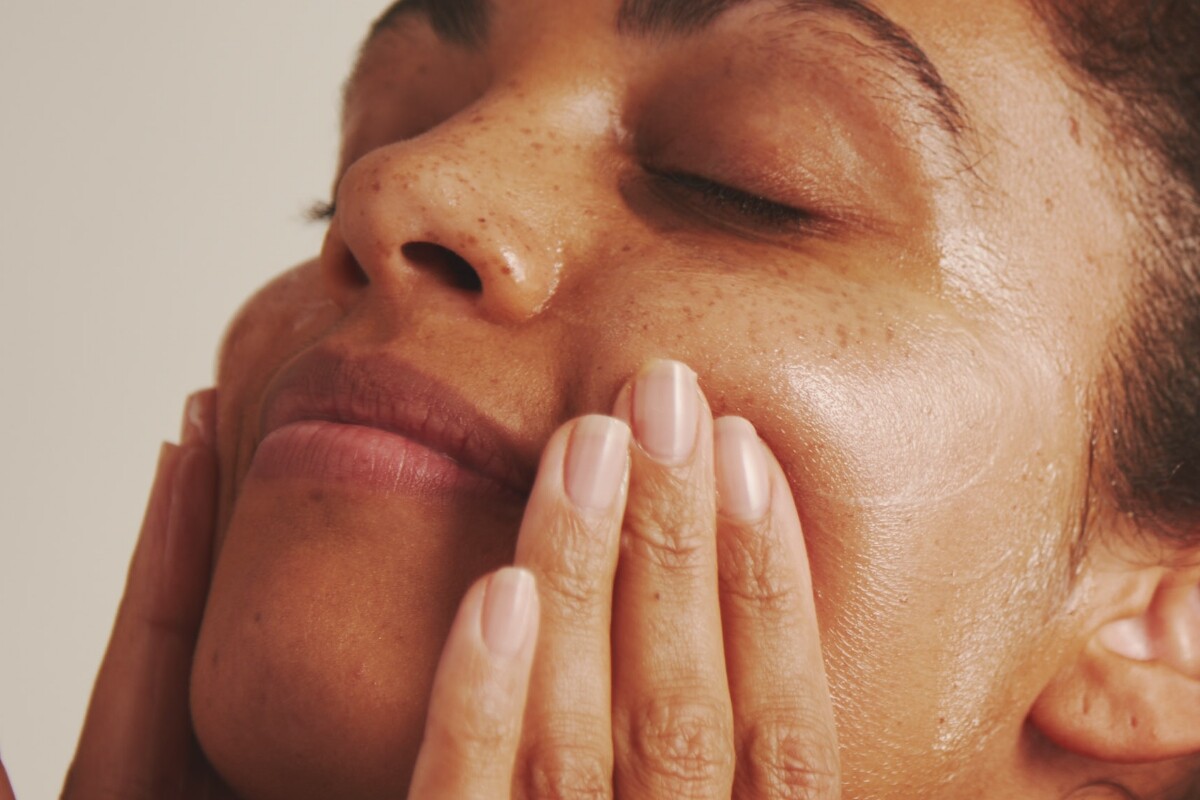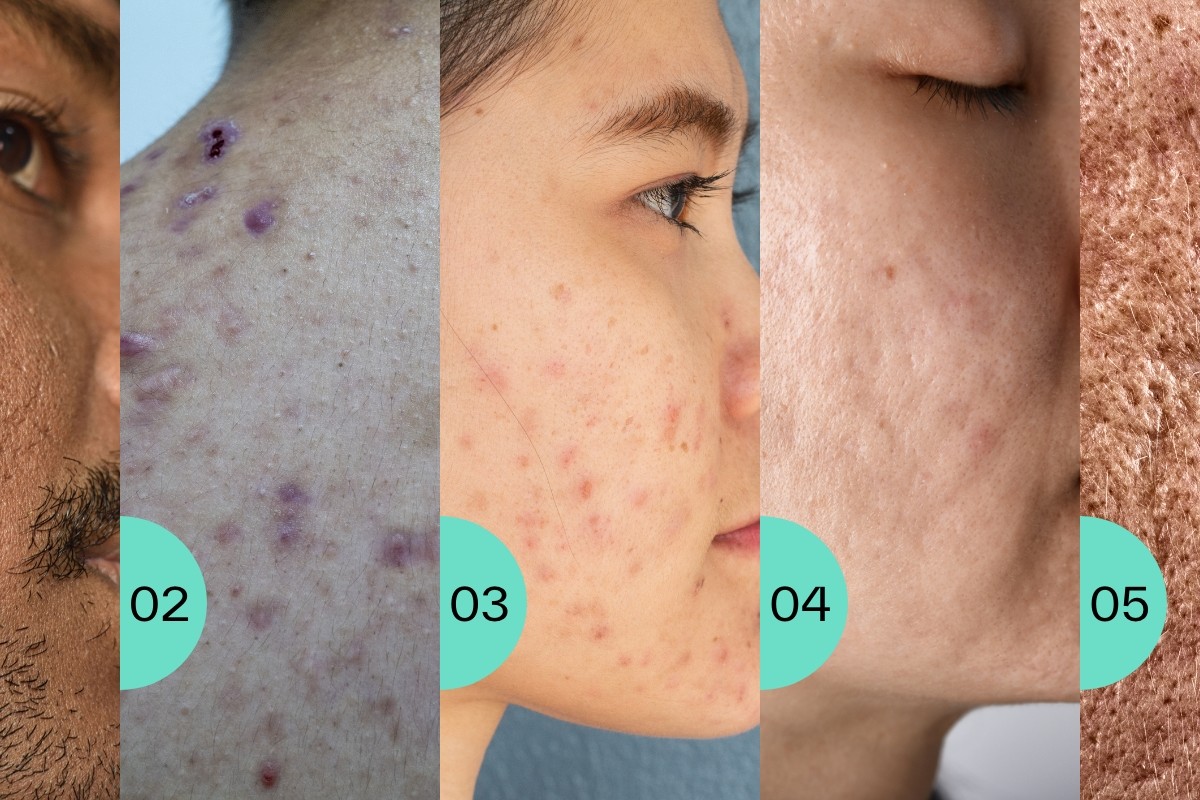If you have rosacea, you’ll know how easily it can flare up, especially when the seasons change. When the cold weather comes, your skin barrier — which keeps moisture locked in and protects your skin from pollutants — can be disrupted. This will make you more sensitive to the things that trigger your rosacea.
We’re here to help you with any new challenges your skin is facing now winter’s here. In this guide, you’ll get to know the most common rosacea triggers during the colder months, and find out how to deal with flare-ups from our dermatology experts.
Sun exposure
UV radiation is a well-known rosacea trigger because it can cause an inflammatory response in your skin. Sun exposure isn’t just a summer problem, though — there are still sunny, high-UV days in winter, even when it’s not hot.
Our derm’s tip…
“Apply at least SPF 30 daily, and top it up regularly — especially if you’re out in snow, which can reflect the sun’s rays.”
Your skincare routine
Some skincare ingredients can increase your rosacea symptoms, no matter what time of year it is. AHAs and BHAs — including glycolic, lactic and salicylic acid — as well as alcohol, sodium lauryl sulphate and some retinoids can cause irritation and trigger a flare-up.
Our derm’s tip…
“If you find something that’s working for you, don’t feel like you have to change it. Stick to your usual routine, use plenty of moisturiser if you need to combat dryness and cut out any active ingredients that are too harsh. To learn more about getting the most from your skincare in winter, check out our blog post.”
Heat
Heat is surprisingly easy to come by in winter — think central heating, electric blankets, hot baths and nights by the fire. When you’re too warm, your blood flow increases, which can cause facial flushing.
Our derm’s tip…
“Aim to be warm, rather than hot. Wash in tepid water as much as possible because having very hot showers or baths can irritate the skin and trigger rosacea.”
Dryness
There’s less moisture in the air in winter which, combined with big temperature changes and central heating, makes your skin much drier. Dry skin is more sensitive, so it’s more likely to become irritated and flare up.
Our derm’s tip…
“Low humidity leads to sensitive, dry skin in winter. Moisturise regularly with a gentle formula that won’t cause inflammation, and try applying it when your skin is damp.”
Food and drink
Winter celebrations mean you’ll probably be enjoying festive food and drinks over the period, a lot of which can trigger a flare-up. Aged cheeses and processed meats are popular at this time of year, but there’s some evidence that they can trigger inflammation because they’re rich in histamine. Chocolate, spicy foods and alcohol are common triggers, too.
Our derm’s tip…
“Don’t worry — we’re not about to tell you to cut out all rich foods over the holidays. But if you know eating certain things or drinking alcohol flares up your rosacea, it’s a good idea to enjoy them in moderation to keep your skin comfortable.”
Winter is a tough time for anyone’s skin, but it can be especially challenging when you have rosacea. If you’re on a rosacea custom formula, and you feel like your progress is slowing down in winter, don’t worry – that’s not necessarily the case. Your skin may just be affected by changes in your environment. Just remember to focus on the triggers you can control while still having a fun holiday season. Make any small changes you can to keep your skin comfortable, and, as always, keep your routine simple and consistent for the best results.
Looking to start your rosacea treatment journey? Take a free online consultation to discover your custom skincare formula.
Dr Catriona Maybury
Dr Catriona Maybury is a Consultant Dermatologist, working as Medical Lead for Dermatica and at St George’s Hospital in London. Catriona completed her specialty training at St John’s Institute of Dermatology in London. Catriona has a special interest in medical dermatology, completing a PhD in liver fibrosis amongst psoriasis patients at King’s College London. Catriona is a certified coach and worked as Dermatology Section Editor for the British Medical Journal.




